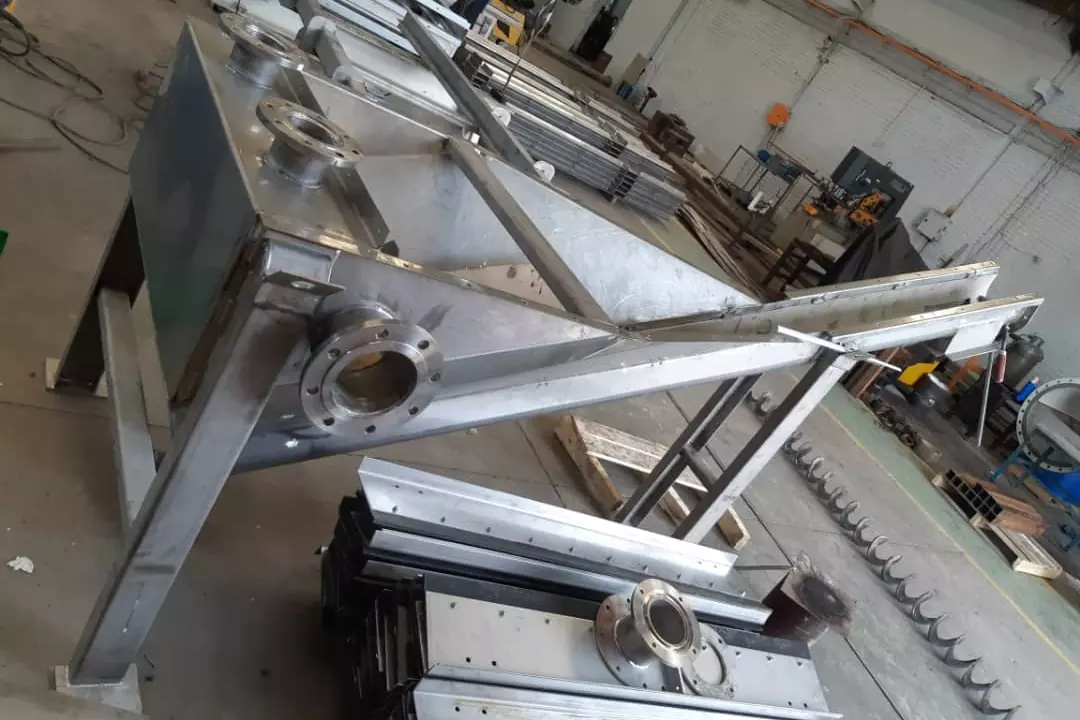What is a classifier and what does it do?
The Grit Classifier, also known as the Grain Classifier or Grain Separator, is used in wastewater treatment plants at the beginning of the inlet to help separate aggregates and solid pieces from organic matter and water. To help reduce wear on upstream pumps and mechanical equipment, aggregate separation in treatment units must be performed to ensure that the treatment system is working properly.
Aggregates and solids can also clog pipes and reduce the effective volume of treatment tanks. Classifiers typically use a funnel on top of a sloping conveyor to separate solids from wastewater. The classifier is usually made of stainless steel and has a high durability due to their high abrasion resistance against abrasion caused by the impact of solids.

What is the working process of the classifier?
Types of classifiers typically use a lift pump or a motor. Most classifiers receive effluents with a solid mixture content of about 1 to 3 percent. The funnel is designed to allow larger aggregates to settle and separate from lightweight organic matter. Organic matter is separated using a funnel overflow and returned to the filtration process, and the separated material is directed out of the system.
As the aggregates rise from the sloping conveyor belt and exit the water, the gentle rotation of a screw conveyor allows water to drain back into the funnel. The screw conveyor is removed from the system and usually placed in an evacuation chamber to be transported to the landfill. Almost all solids in wastewater are removed from the system by this device and do not enter other parts of the wastewater treatment system.
How to determine the size of classifier devices?
Sewage separators can be 12 to 24 inches in diameter (12 inches is the most popular size). Aggregate classification is measured based on the amount of hydraulic flow in liters per hour and the transfer of solids by a circular conveyor belt.




